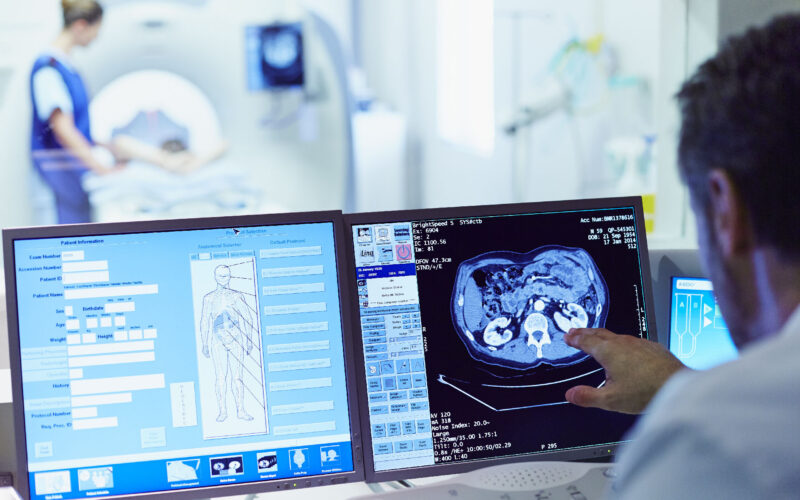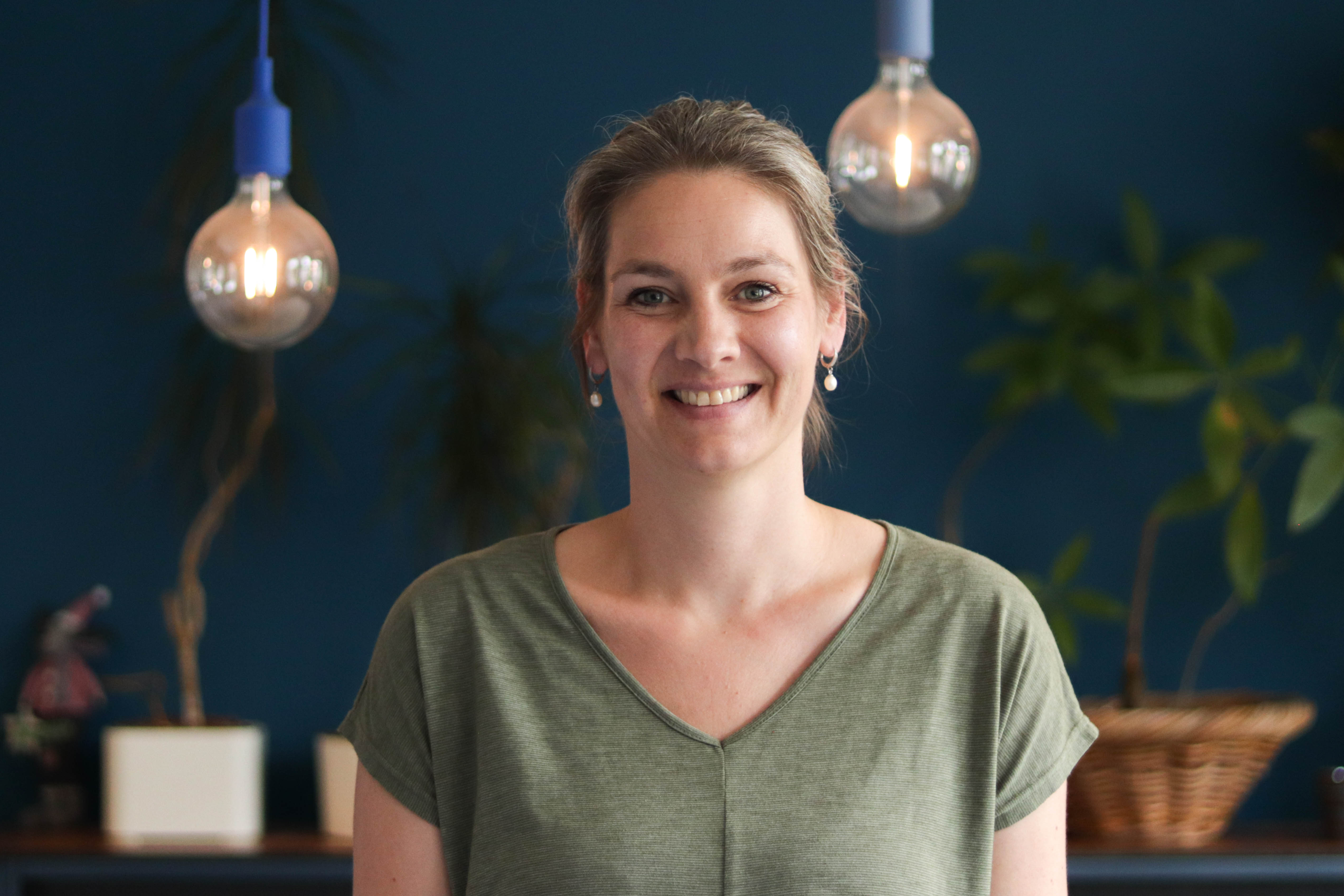Maxillofacial bone regeneration
Endochondral bone regeneration, In vitro models, Vascularization
Research aim
Our team aims to regenerate maxillofacial bone defects via bio-inspired techniques. We combine stem cells, materials and/or bioengineering technologies to recapitulate natural bone tissue development and healing.
About us
We employ two routes to bone regeneration, inspired by the natural mechanisms.
1) Growing bone from cartilage: in the growth plate, bone originates from a cartilage template. This cartilage mineralizes and is converted into bone tissue during growth. We mimic this mechanism by generating lab-grown cartilage from bone marrow-derived stem cells. Once implanted in bone defects, such cartilage-based implants can regenerate large bone defects.
2) Generating vascularized bone tissues. Prevascularized bone constructs could be applied to regenerate large bone defects with limited vascular supply, including e.g. mandibular defects after oncological resections or in non-unions. We have established methods to create capillary-like networks in bone-like tissues in the lab. Our current work focuses on recreating the complete vascular tree up to the size where prevascularized implants can be anastomosed to the patient’s circulation.

